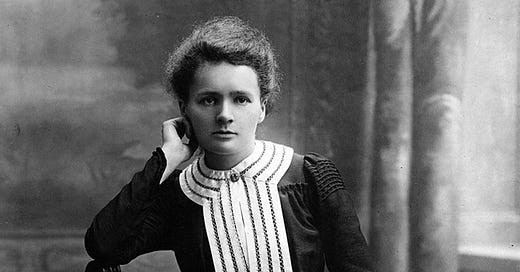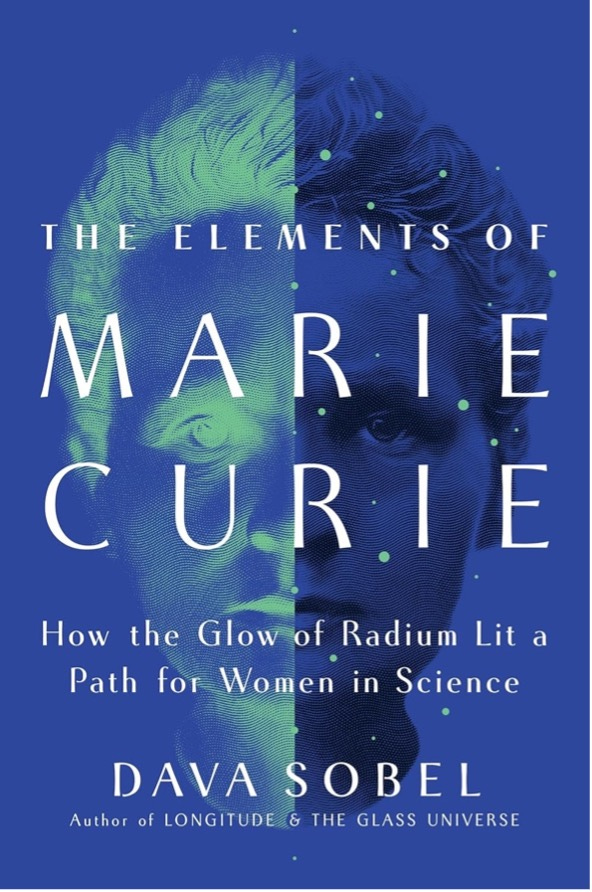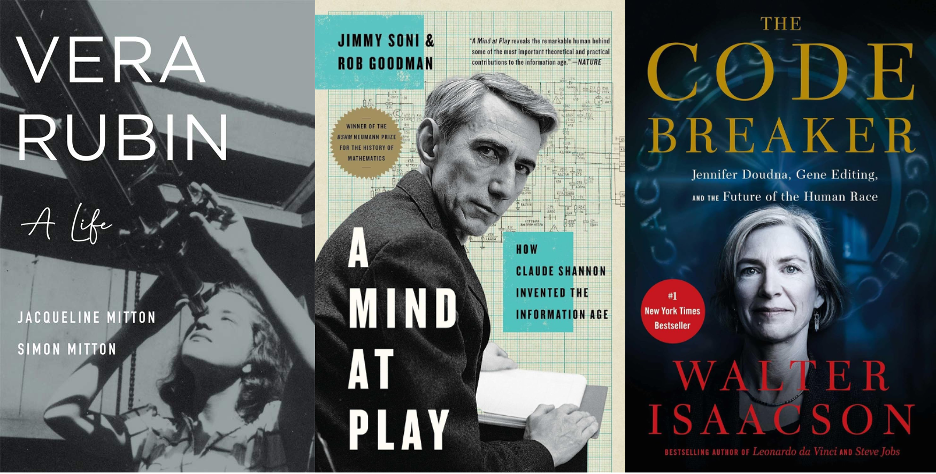Tl;dr – A great read on arguably the most brilliant and impactful female scientist ever. The biography is expertly written, engaging, and detailed. It also specifically highlights the great efforts that Marie Curie put in to educate other female scientists.
Everyone has heard of Marie Curie. At least you’d hope so. Any basic chemistry class would cover her groundbreaking work and her many scientific accomplishments. She was the first woman to win a Nobel Prize, the first person to win a Nobel Prize twice, and the only person to win a Nobel Prize in two scientific fields.
Not only was she an exceptional scientist, as we all know, but she was also an exceptional teacher and supporter of women in science. In The Elements of Marie Curie: How the Glow of Radium Lit A Path for Women in Science, Dava Sobel expertly tells not only the story of Marie’s scientific life, but also of the scientific lives she fostered for women across her career.
Marie’s early scientific life is closely linked with her romantic life through her husband and fellow scientist, Pierre Curie. Science brought them together and strengthened their relationship. He became so intrigued by her work that he dropped his own line of study to co-pursue her own. Remember, this is the late 1800’s – women in science were a rarity, but a woman in science with a husband who fully supported her work post-marriage was incredibly rare (most women quit study or work after being married in those days).
The impact of their work and hers specifically is well documented. They discovered polonium and radium; they also coined the word "radioactivity". She also defined an international standard for radioactive emissions that was named for her and Pierre: the “curie.” What was even more unheard of was that after the tragic death of her husband, she assumed his title and role as head of the university department – the first for a woman. She soon after headed the Radium Institute, a radioactivity laboratory created for her.
Despite the incredible male-domination of chemistry and physics in the late 19th and early 20th century, Marie never cowered at being the literal only woman in rooms of prestigious male scientists. (Look up photos from all those early 20th century physics meetings in the Einstein day and spot the only woman - it’s probably Marie!) She worked through having her two daughters, one of whom eventually took over for her at the Institute after her death. She lifted women up, trained them, and made enormous space for them through her teaching and research. She is a true exemplar of a scientist and mentor.
And it’s because her passion for science was unwavering. And this book brings that passion through in every chapter. Her life was fully centered around science and she made it work, even being a young widow with two small children. Curie is truly a renowned and remarkable scientist in so many ways.
I think this book lived up to the hype that I saw around it when it was released last fall. A great read, lots of images throughout the book for added depth, and a wonderful book on one of the most accomplished scientists of the 20th century.
Reader poll
Published: October 2024
Publisher: Atlantic Monthly Press
Format: Audio
If you think this sounds interesting, bookmark these other great reads:
Vera Rubin: A Life (2021) by Jacqueline Mitton and Simon Mitton
A Mind at Play: How Claude Shannon Invented the Information Age (2017) by Jimmy Soni and Rob Goodman | Read my review
The Code Breaker: Jennifer Doudna, Gene Editing, and the Future of the Human Race (2021) by Walter Isaacson
You might also like…
Stories of Remarkable Women
Memoirs and biographies have become a beloved genre of mine in recent years. They feature regularly on my annual most interesting book lists, and made up 20% of the books I read in 2021.








Many of her descendents are accomplished scientists and academics too right?